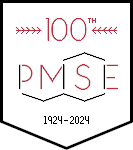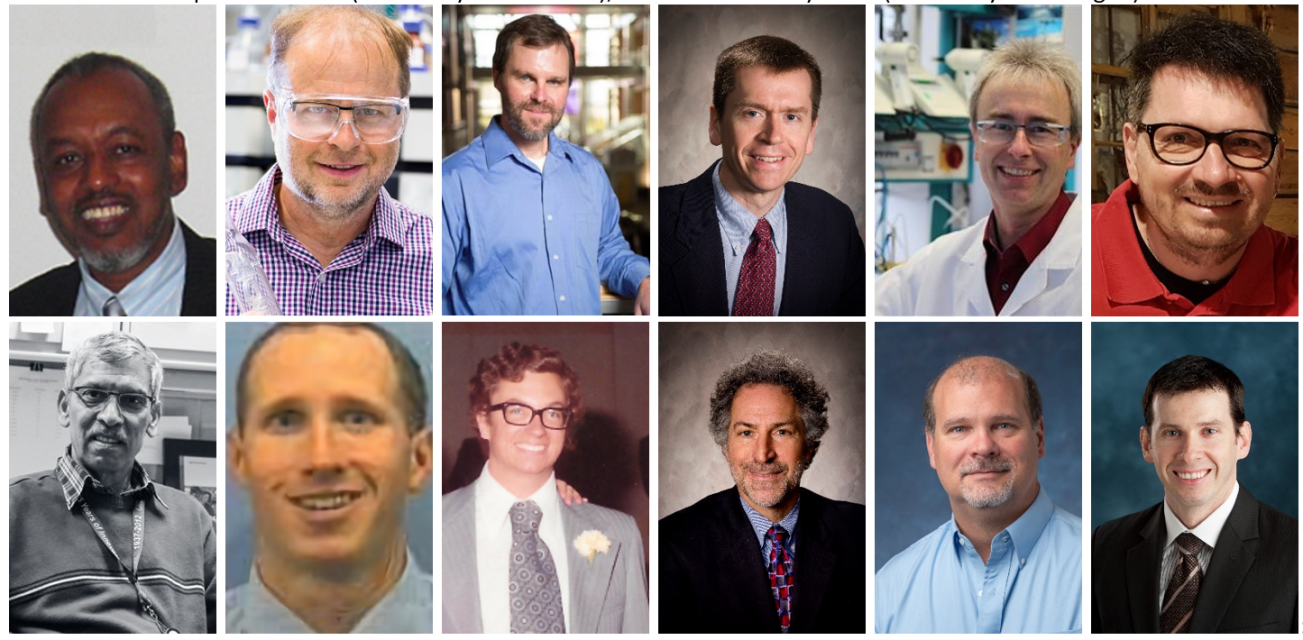The 2020 Cooperative Research Award in Polymer Science & Engineering recognizes the team of researchers from University of Colorado, University of Michigan and 3M for their collaborative research efforts that resulted in a novel technical solution to address the critical problem of shrinkage stress in crosslinked photopolymerized systems using addition fragmentation monomer (AFM) technology and successfully employing this approach to enable several significant product applications. The collaborative research team is represented by Professor Christopher Bowman (University of Colorado), Professor Timothy Scott (University of Michigan), Dr. Ahmed Abuelyaman (3M), Dr. Peter Bissinger (3M), Dr. Bradley Craig (3M), Karsten Dede (3M), Dr. Timothy Dunbar (3M), Dr. Adrian Eckert (3M), Dr. Babu Gaddam (3M retiree), Dr. Guy Joly (3M), Dr. Larry Krepski (3M retiree) and Dr. Joe Oxman (3M).
There are an array of industries and markets that rely on photopolymerized, cross-linkable materials which are used in coatings, adhesives, tissue engineering, photolithography, microfluidics, 3D printing and restorative dental materials. The inherent shrinkage and the associated stress that accompanies the polymerization of materials such as methacrylates and acrylates have resulted in critical material and application limitations across each of these areas for more than 50 years. Previously, numerous attempts and approaches had been attempted by both industrial and academic researchers to address this critical limitation without compromising other key application attributes and requirements. However, none had been fully successful in achieving a viable solution prior to connecting the independent and concurrent research efforts from the Bowman lab and a 3M R&D team in 2006. More specifically, both teams were focused on the aspirational concept of creating a photopolymerizable 4-5-mm-thick “bulk fill” dental composite filling material that could overcome the challenging technical limitations such as high shrinkage stress and the inability to light cure from top to bottom of the filling. In addition, the team could not compromise on other requirements including: excellent mechanical properties, wear resistance, esthetics and the desired handling characteristics. Traditionally, dental composites are placed by dentists in 2-2.5mm increments to mitigate the previously described limitations. Elegant and seminal work by Bowman and Scott at the University of Colorado related to shrinkage stress reduction utilizing the concept of covalent adaptable networks (CAN’s) or more specifically polymerizable addition fragmentation monomers (AFM’s) was first published in 2005. 3M recognized this as groundbreaking work and supported the research and intellectual property protection which eventually resulted in a key patent being granted to the University of Colorado in 2011 on “Stress relaxation in crosslinked polymers.” Although the technology described in the new patent was a breakthrough, there remained significant limitations that prevented a commercially viable solution, namely difficulties with reactivity, color, and monomer synthesis. A global team of 3M scientists took on the challenge of applying the “AFM” concept to develop a new class of innovative AFM’s that addressed these limitations. From 2008 through 2014, 3M researchers from multiple laboratories identified, developed, and commercialized an elegant customer-inspired solution utilizing advanced AFM technology as a foundational element to “address the stress”. With a license to commercialize the technology from the University of Colorado, combined with 3M intellectual property, 3M Oral Care Solutions Division has introduced three successful products into the market to date.
This cooperation between the University of Colorado, University of Michigan and 3M is a great example of the value of collaboration between academia and industry. Each participant brought complementary strengths to the table. These collaborations take time, commitment, and perseverance on all sides. In the long run, the scientific advancements and new product introductions make such collaborative investments worthwhile.
A full write up is available at the follow link (PDF)





